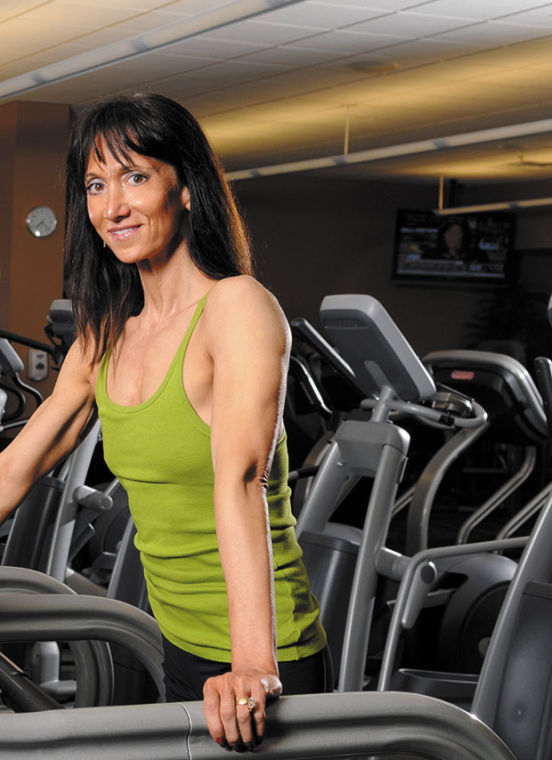Caregiver, heal thyself
Published July 3, 2015
“The Longest Day” is a yearly event held across the country to raise funds and awareness for the Alzheimer’s Association. Celebrated on the summer solstice, the longest day of the year, the duration of these sunrise-to-sunset events symbolize the challenging journey of those living with the disease and their caregivers.
While there are many adult day care facilities that cater to the needs of older adults living with dementia-related illnesses, often it is the caregivers — employees of such facilities as well as loving family members — who really need support. While the skilled caregivers share boundless compassion, patience, and emotional fortitude, their own needs are often neglected, specifically their physical well-being.
As a fitness professional, I am acutely aware of the physical challenges associated with caring for mentally compromised older adults. Often these patients are unable or unwilling to utilize their own mobility skills, choosing instead to rely 100% on caregivers to shift them from wheelchair to dining room chair, or from bathtub to bed. Such tasks, if performed incorrectly, can over time cause muscular strains and imbalances, leading to further injuries or even necessary time off from their duties.
There are many ways in which we can educate this gracious population in terms of safety and injury prevention. Diane Sewell, an Assistant Director of Nursing at a long-term care center with 30 years of geriatric care experience, states how “Most of the injuries incurred by home caregivers are back injuries caused by improper body mechanics, especially when it comes to lifting. If an elder is receiving physical therapy at a facility that is aware of a situation where a family member is going to be taking care of an elderly parent at home, they will often suggest that the caregiver join in a therapy session to learn how to correctly transfer the person in different care scenarios.”
Identifying risk factors for injury is a key first step is remaining safe. Considerations might be made for the following:
- The effort that is required to move a person;
- The posture of the person performing the task;
- The position of the person’s center of gravity in relation to the person doing the transferring or lifting;
- The number of times per day a person must be moved, turned, or lifted;
- The ability of the person to help with transfers;
- The physical ability of the caregiver to facilitate such transfers.
Proper lifting techniques should be learned and employed in order to maintain the safety not only of the individual, but the caregiver as well. When the physical strain of providing care becomes too difficult, a patient’s may safety may be endangered. Knowing when to ask for help, and not being hesitant to doing so, may prevent unfortunate accidents and injuries.
Injuries can be alleviated through the use of grab bars and toilet seat risers, shower/bathtub seats or benches, and overall training in techniques designed to ease transfers and activities of daily living. According to Diane Sewell, “Many County Health Nursing Departments offer community-based resources that offer training on basic care- giving skills for non-professionals. Another option is to call local hospitals for information, who might even suggest professional training through a Certified Nurse’s Aide class.”
Another relatively simple option is for caregivers to empower themselves through a strength-training program at a local gym. By working on core strength, upper body strength, and developing quadriceps power for active lifting, the daily activities of care-giving will proceed more smoothly and result in far less injuries to both parties. The psychological release and “time out” such workouts provide will further enhance the emotional side of the caregiving equation.
As often as we hear the adage, “Physician, heal thyself”, it seems somehow contradictory for us to think in those same terms as caregivers. Yet by taking care of oneself first and foremost, one is able to provide the highest level of care for a compromised older family member.















